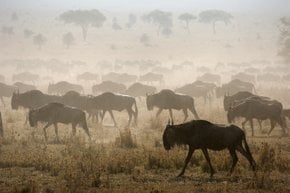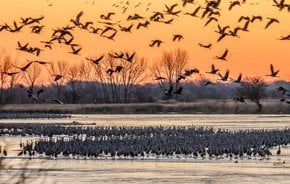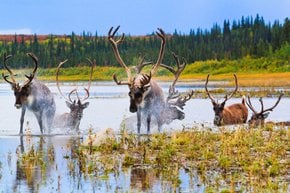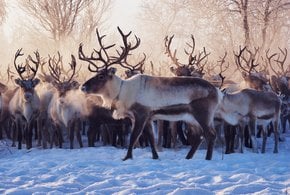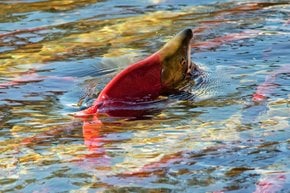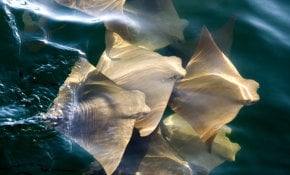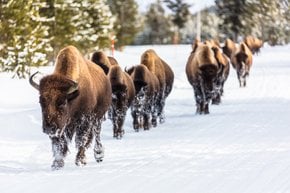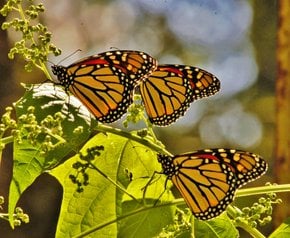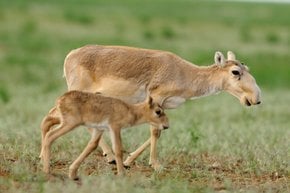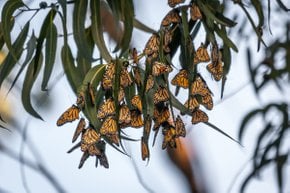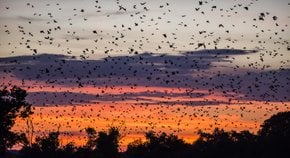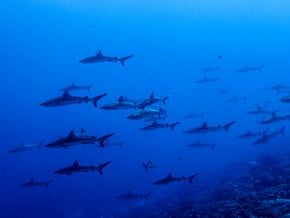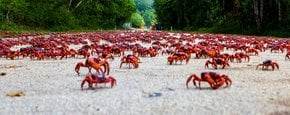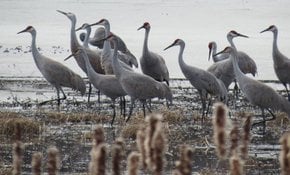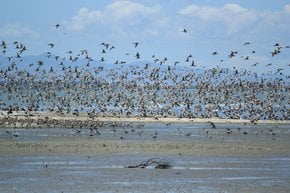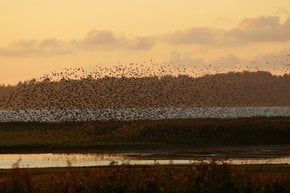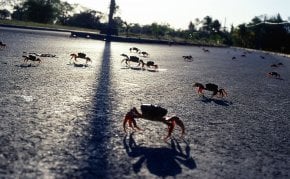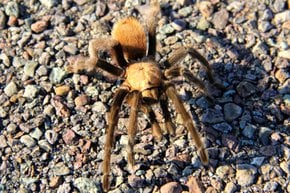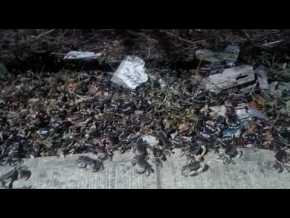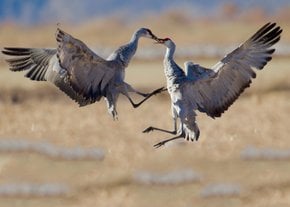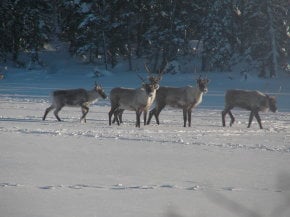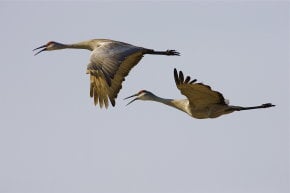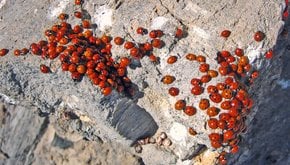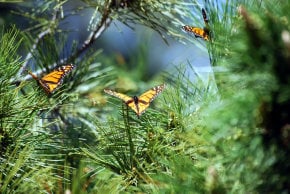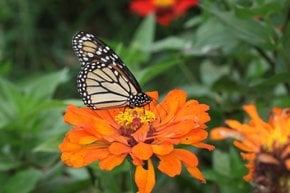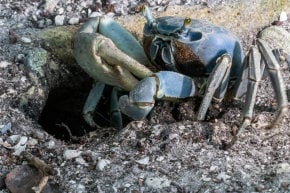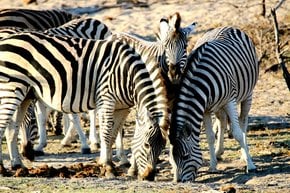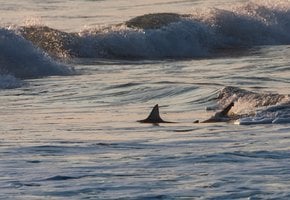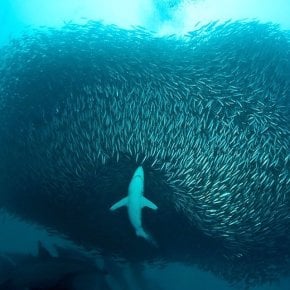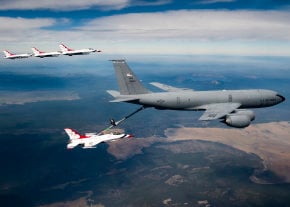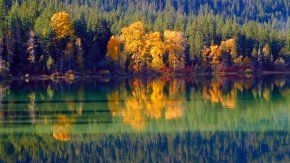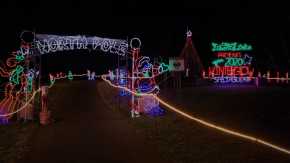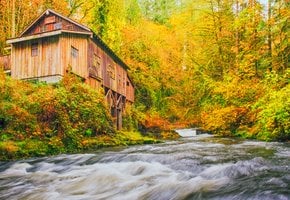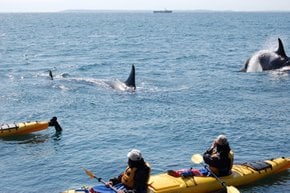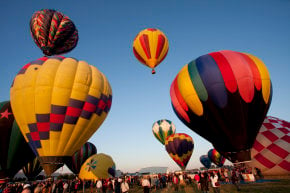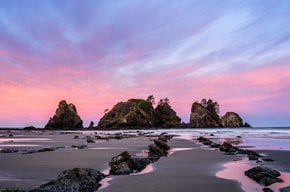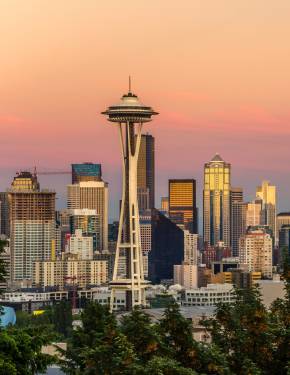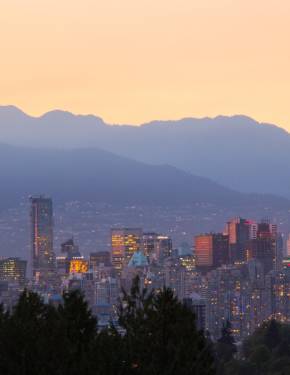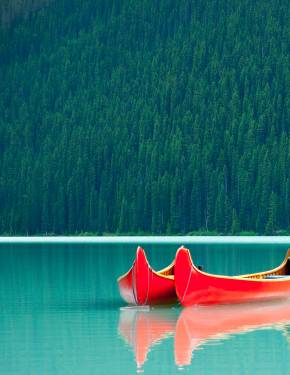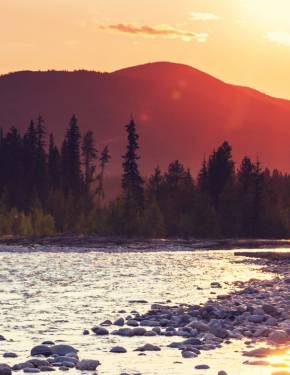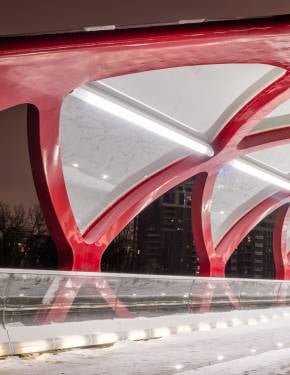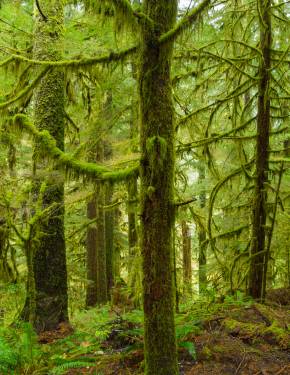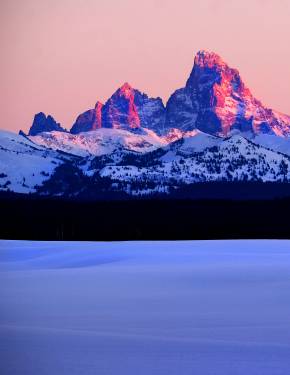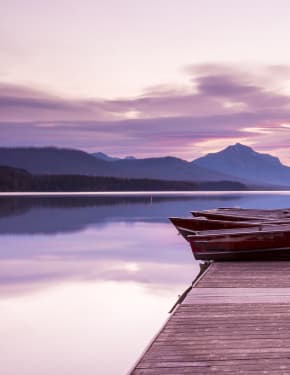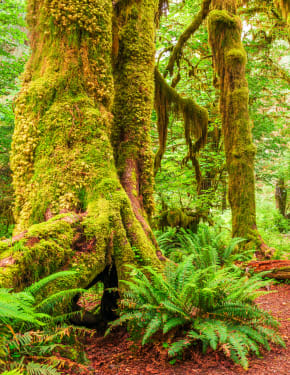Salmon Crossing the Road in Washington 2026
Have you ever seen fish block traffic? Such phenomenon is not unusual in Washington
Best time: late October–early December
From time to time, wildlife crossings happen in the Evergreen State. However, the animals blocking traffic typically are not fish. The only exception is shimmering chum salmon. Every fall, salmon traffic jams are seen in Mason County, southwest of Seattle. Drivers get stunned by a road sign saying "Drive Slowly, Fish Crossing." They have to slow down as dozens of salmon flop across the road, trying desperately to get to the creek.
Why did the fish cross the road
After three to four years spent in the Pacific Ocean, salmon returns to their natal river to reproduce. Their migration can happen anytime, from late October through early December, The fish typically spawn in creeks of the Skokomish River. However, due to heavy rains, the river swells, flooding the nearby roads, and cheats hundreds of salmon into going off course.
Where to see salmon crossing
One of the sites that yearly experiences such scenes is Skokomish Valley Road, located only 5 mi (8 km) off the Skokomish River. The quiet road, which typically sees an occasional car passing by, is hardly recognizable during the salmon frenzy race upstream. Sometimes you can also witness salmon swimming across US Highway 101 in Shelton or any flooded roadway in the area.
The spectacle might seem amusing at first sight, but not to salmon. The lucky fish will get back into the creek on the other side of the road, while most will be stranded. Some will flop to death, while others will become a feast for a passing raccoon or hawk. Hopefully, a way to help these salmon will eventually be found.
Chum Salmon Facts
Despite its risky migration habits, chum salmon is not as endangered as other salmon species. Chum are actually the most widely distributed Pacific salmon. In the Pacific Northwest, chum is second in abundance after the pink salmon. These fish live for five years and are prepared to travel thousands of miles to spawn. In Canada, chum salmon swims 7,700 miles (3,500 km) up the Yukon River. Chum salmon is also the largest Pacific salmon. Its weight can reach 13 pounds (3 – 6 kg), and its length is up to 40 inches (1 m).






